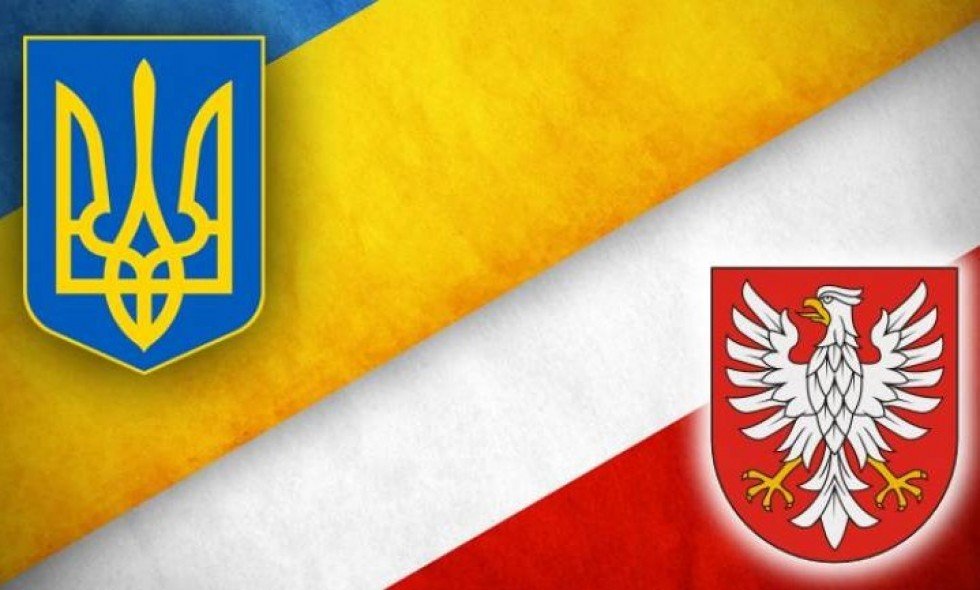After the beginning of the full-scale invasion of the Russian Federation on the territory of Ukraine, more than 7 million Ukrainians crossed the state border and headed for safer countries, including: Poland, Russia, Germany, France, Sweden, Hungary, Romania, Slovakia, Moldova and others .
The greatest fate of Ukrainians crossed the Polish border. As early as February 26, refugee support points were deployed in the border area, where food, hot drinks, and legal and informational counseling were provided. Buses were located near these points, which diverted the volunteers to major cities in Poland.
Closer to May, the flow of Ukrainians decreased significantly, if in February and early March it was about 100,000 per day, now it is around 20,000 per day.
The main word for new arrivals is PESEL – the Polish analogue of TIN in Ukraine. It authorizes the labor market, education, social insurance and health care services. Even as of May 2022, according to the system’s statistics, 10,000-15,000 people are registering daily, which is significantly less than at the beginning of Ukrainian migration.
According to government statistics, by the beginning of August, 390,000 newly arrived Ukrainians, or about half of those of working age, already had a job. Experts name 3 reasons why the “refugee crisis” has flooded the labor market in Poland.
The first reason is the high qualification skills and desire of Ukrainians to work. The second reason is the quick action of the Polish government aimed at accelerating the integration of refugees into Polish society and removing barriers to employment. And the third reason is the large Ukrainian diaspora, which, both at the level of friendly councils and public organizations, helps newly arrived Ukrainian women to get settled and find work.
However, there are several barriers to finding a job. The first barrier mentioned by everyone is the lack of knowledge of the Polish language, which takes time to learn. The second barrier is the need to care for children. Almost half of those who arrived from Ukraine after February 24 and remained in Poland are children. Third, applicants need help finding the right fit. Despite all the measures taken by the Polish authorities, certain chains between jobseekers and employers still remain unworked. In addition, the World Bank also noted that Ukrainian entrepreneurs need help with adaptation to Polish legislation and access to finance.
The Employment Administration of the Lesser Poland Voivodeship with its center in Krakow shares the results of its research with Voice of America. Based on the data from the applicants’ questionnaires, the following portrait of a temporarily displaced person from Ukraine in the city of Krakow can be drawn up, who in April made up a fifth of the city’s residents (then this number decreased).
This is a woman – 95% of job applicants are women – aged 35-44. This is the largest age group – 40%. This woman has children and a higher (73%) or technical education (52%). And a third of them know English.
And 93% of all those who filled out questionnaires for job search wrote that they are ready to work in a different field. “The majority of citizens of Ukraine perform simple work, from which it can be assumed that they work below their qualifications,” the administration’s research concludes.
“90% or more are women who perform the so-called women’s work – in catering establishments, in hotels, tailoring, in the service sector (hairdressers, beauty salons),” says Jan Gonshenica-Wolczak , director of the Voivodeship Labor Administration in Krakow.
93% of all those who filled out questionnaires for job search wrote that they are ready to work in a different field.
Wise-Europa research institute in Warsaw match Bukovsky , if earlier Ukrainians mostly worked in agriculture, now they are present in all professions, including the highest qualifications.
“They are present more or less in proportion to the needs of the labor market, as well as among professions that require high qualifications, such as doctors and teachers. Over the past six months, the number of (temporarily displaced persons – ed.) among doctors and teachers has increased significantly,” he says.
The Polish economy is “winning”, noted Bukowski , even taking into account aid payments to Ukrainians, as migrants have joined the labor market, where there was and still is a demand for workers, and they pay taxes

